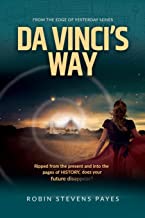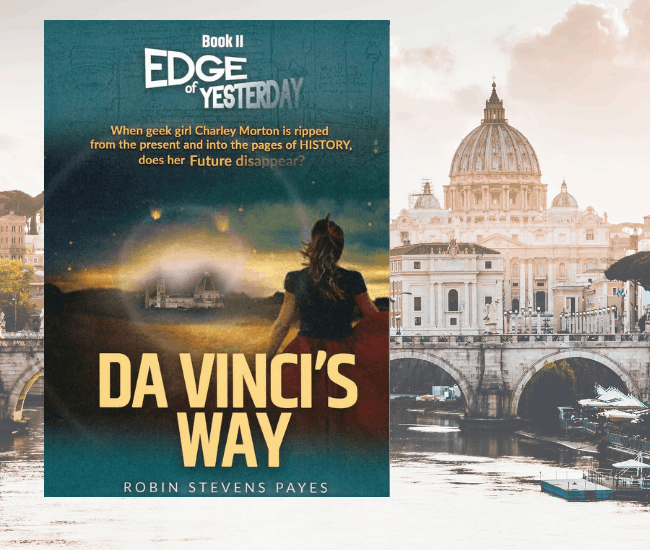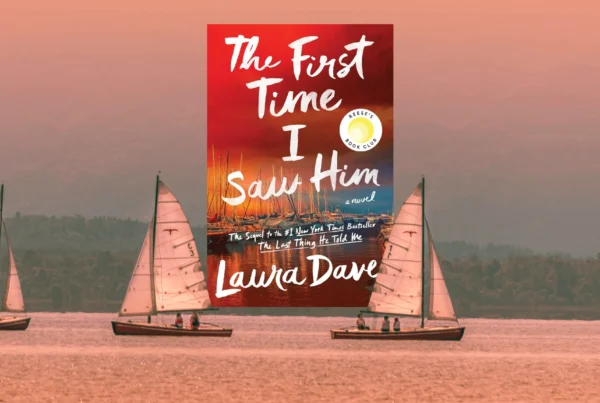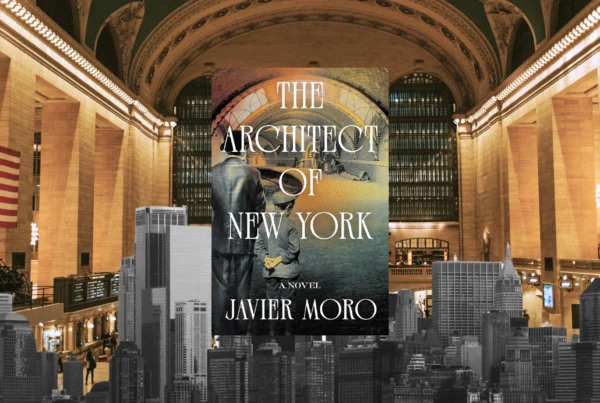Da Vinci's Way by Robin Stevens Payes
A teen time travel series “Edge of Yesterday” (Small Batch Books) by Robin Stevens Payes was written to help guide young people toward finding their own passions and following their dreams. Payes cares deeply about connecting kids to meaningful learning and engages them in learning through story, which she says is intrinsic to the human condition. Her newest book in the series is Da Vinci’s Way, and takes stalwart time traveler Charley Morton to explore her favorite subjects, science and math with one of the masters, Leonardo da Vinci. In her chat with BookTrib, she discusses her work, beliefs, and newest book!
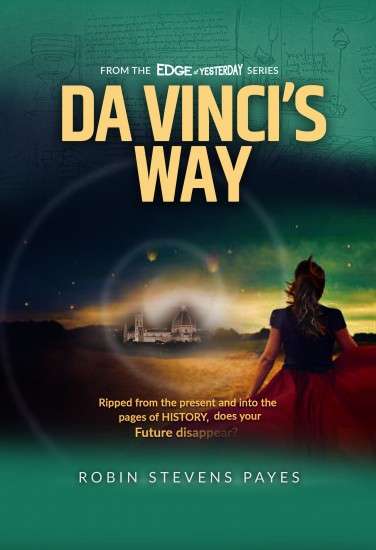 Booktrib: Why did you choose Leonardo Da Vinci as the idol of the Edge of Yesterday’s protagonist, Charley?
Booktrib: Why did you choose Leonardo Da Vinci as the idol of the Edge of Yesterday’s protagonist, Charley?
Robin Stevens Payes: It began as a thought experiment. When I was the carpooling mom schlepping my kids and their friends from school to soccer to band practice to drama and art classes and listening in on their backseat conversations, they’d be discussing their dreams for when they grew up. They wanted to be diplomats AND play in a jazz band AND study medicine AND invent a steering wheel heater for those cold morning drives to school.
It was that AND, AND, AND that got me thinking. Because today, we force kids to specialize and take up French horn in kindergarten so they can get into the best school to make the right connections to get the best jobs.
From my previous work as founding editor-in-chief of an online portal for parents and teachers on the science of learning, I’d learned about all this neuroscience and cognitive science research that says that, in childhood, play equals learning. And collaborative play promotes teamwork and socialization. But, instead, we turn these kids into good little robots sitting in seats to soak in all the information the adults would bestow. It isn’t a natural way to promote deep understanding and discovery, exploration, trying on new things and finding your identity. Those are the jobs of childhood and adolescent.
BookTrib: How much research did you do on Da Vinci, Renaissance Italy, and time travel before writing these books?
RSP: Tons. I’m still doing it. I started with a book by Salman Rushdie, The Enchantress of Florence. Florence back in the time of Leonardo was a hot mess – filled with small-town intrigue, big personalities and sparring among all the artists and sculptors at the time for the favor of il Magnifico Lorenzo de’ Medici, the wealthy patron of the arts and, really, one of the greatest catalysts of the early Renaissance in Europe.
But then, for time travel, I also had to school myself in Newton’s Laws of Gravity, Einstein and Relativity, and quantum physics and inexplicable mysteries, like the Higgs Boson. Since Charley is a girl of science, the science behind time travel had to be plausible before I could even write the story.
That’s why it took me 20 years to write it. I began writing the story as a screenplay in 1997, before the Higgs Boson and the tablet—both of which were necessary inventions to make Charley’s “time machine” construction based on Leonardo’s drawings work. I had to put the manuscript away for half of that time to wait for the science and technology to catch up to Charley’s ambition to hack time and meet her Renaissance idol, Leonardo.
BookTrib: Do you believe time travel is possible?
RSP: I don’t believe it’s impossible. I think we just don’t know enough yet—science lags science fiction.
BookTrib: Charley is clearly a very intelligent protagonist with a mature tone. Did you find it difficult to write from the perspective of a middle-schooler? What were some strategies you used to write in character while balancing that aforementioned mature tone?
RSP: I took notes madly and surreptitiously (sometimes on my hands—this was before smart phones, mind you) when my kids were in middle school! Those aforementioned carpool moments were rich sources of teen-speak for me. My youngest child in particular was a practitioner of the art well into his college years. And then there’s Urban Dictionary. Helps me keep up with the language.
As for writing in character, I know this sounds like a cliché among writers, but Charley really talks to me. She knows her mind and, when I’m in that zone, I can just channel her.
BookTrib: What do you envision for Charley’s future? Will she ever time travel anywhere else?
RSP: Oh, yeah. She’s already off to 18th century France to meet another polymath—this one is a woman mathematician, physicist, philosopher, actor and mother whose legacy has been lost to history. Charley’s set to correct the record.
BookTrib: Discuss your passion about children (girls especially) engaging with STEM.
RSP: Opportunities in STEM fields are growing faster than the job market overall. Women make up roughly 51 percent of the U.S. population, yet they represent less than 25 percent of STEM jobs. And that’s just not right.
If we want people—men and women, children and families—to succeed, to become good citizens and productive members of our society, then women and men should have parity, just on the face of it. There are all sorts of “soft” reasons why women should have better representation in these fields—they bring another perspective and different values to the workforce and tend, in general, to value inclusiveness, collaboration and connection as a means to bring up the whole. But those numbers alone make it clear that there’s something off about the system that doesn’t match up to the proportion of the population.
BookTrib: If you had the chance to say anything to your readers in general, or about Da Vinci’s Way, what would you say?
RSP: Charley discovers that the great secret to Leonardo’s genius is his curiosity. He wants to discover the secrets to everything. Art is his way of capturing those secrets on the page—along with notes about what he’s observing.
But he didn’t just see things as they were, he saw them as they could be. So he created designs for a tank by looking at a tortoise’s shell. He created the first robot. And sketched plans for a helicopter and glider—long before the Wright Brothers. Out of 100 patents for the General Motors car engine, Leonardo designed 99 of them—400 years before the automobile. And he designed a modern-day bicycle, including the chain for the gears.
In short, he was inventing the future. He just didn’t have the technology or tools to make the things he dreamed about.
And while we can’t all be the brilliant artist that he was, we can all be more curious. We can all dream about what we want the future to look like, and how we might invent the future we would like to see, instead of blindly stumbling into the unknown.
There’s no dream you can’t achieve if you put your mind to it.
Da Vinci’s Way is now available to purchase.
Buy this Book!
Amazon